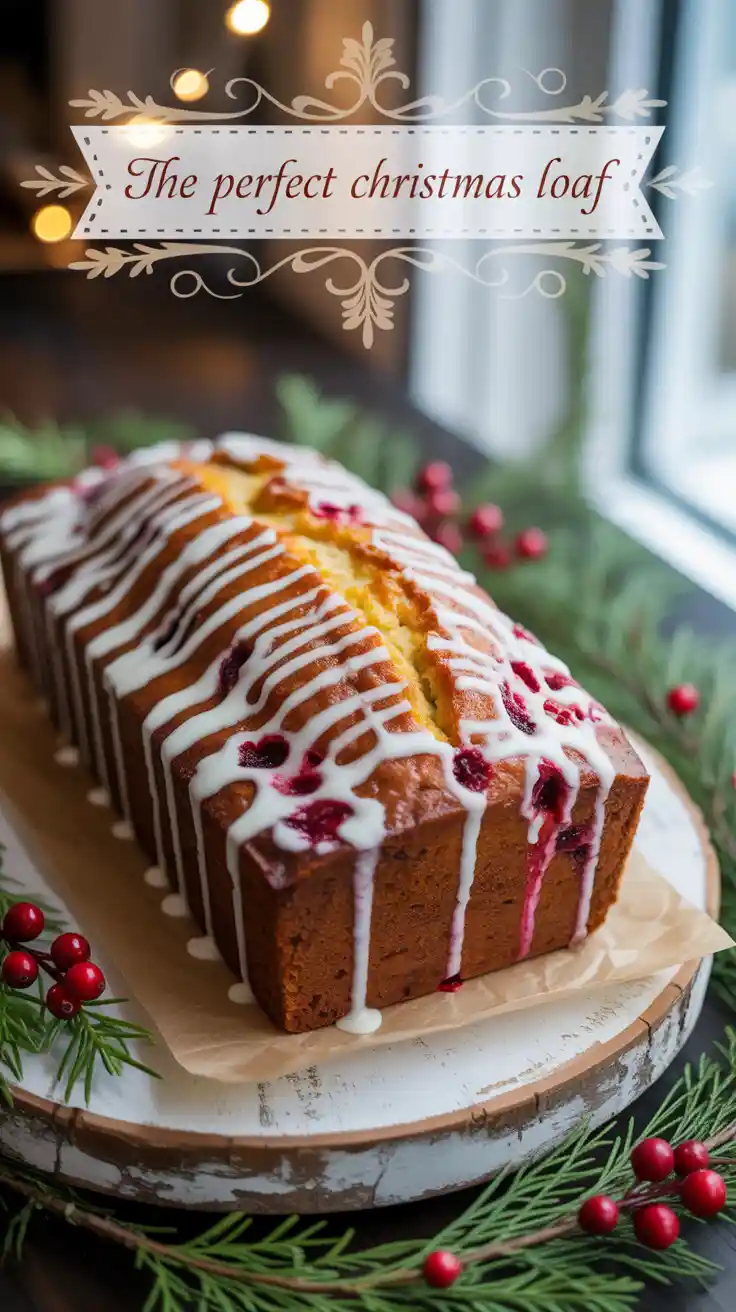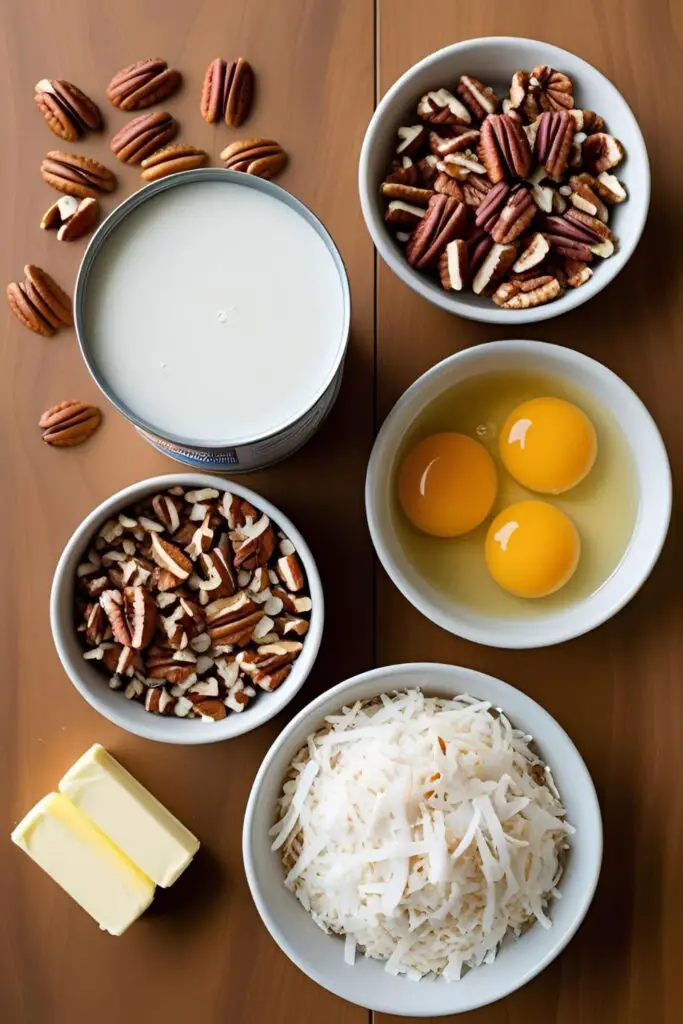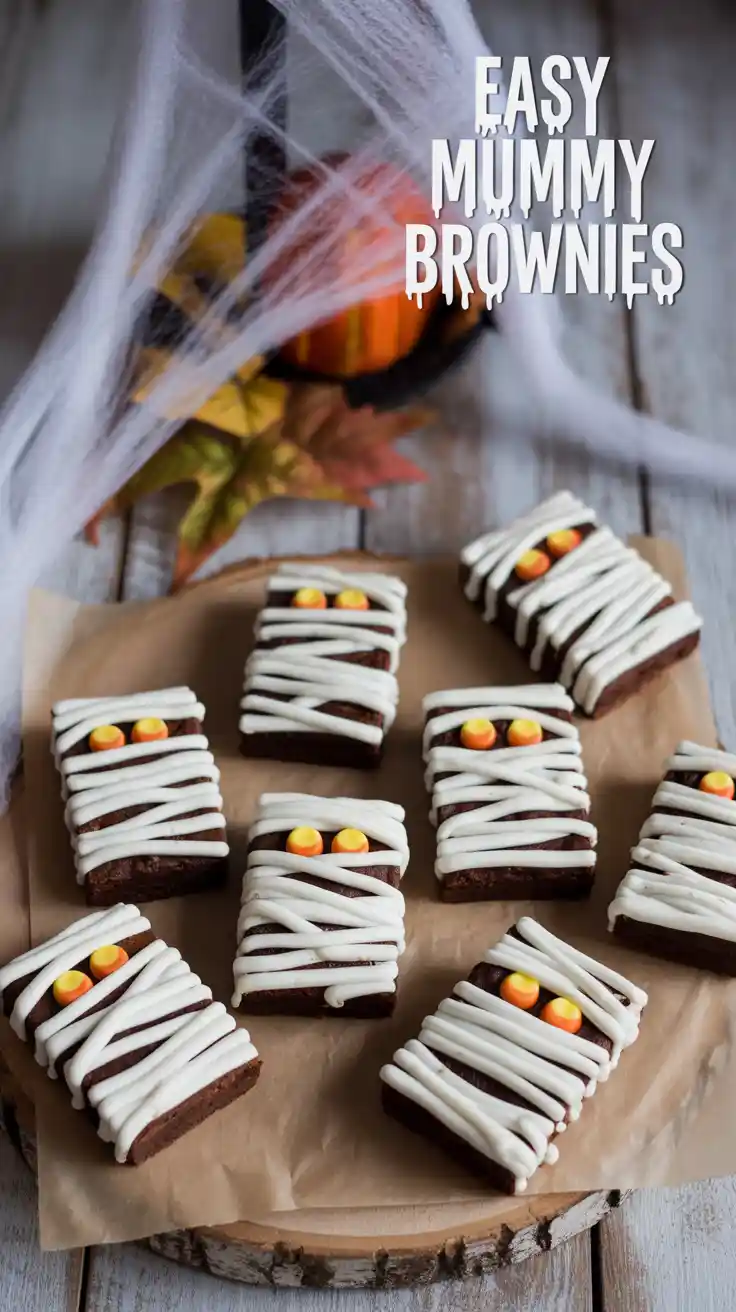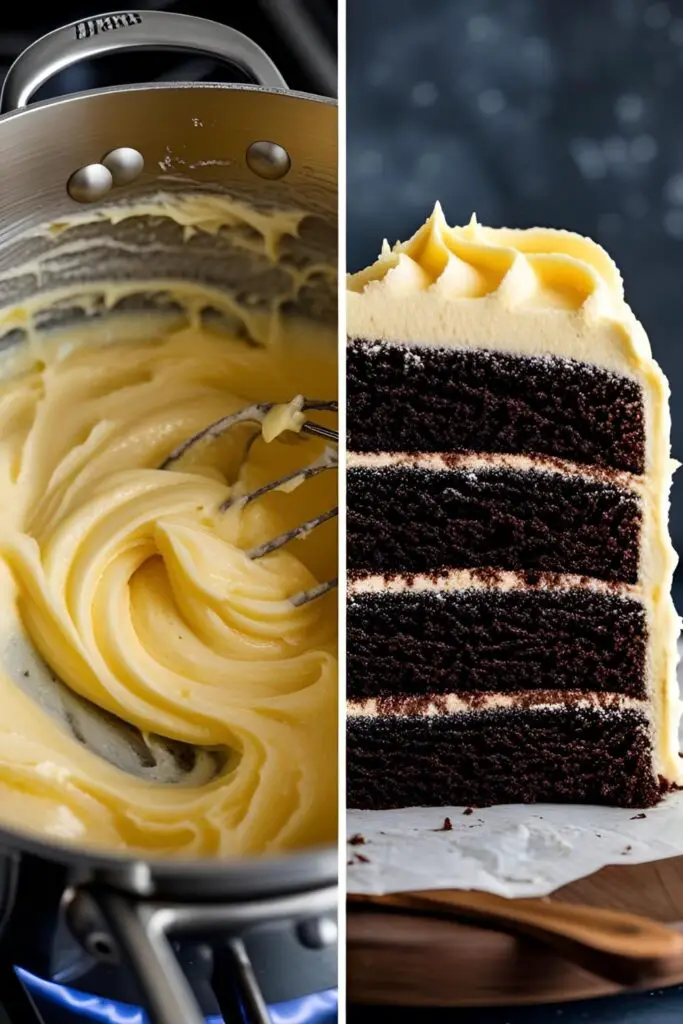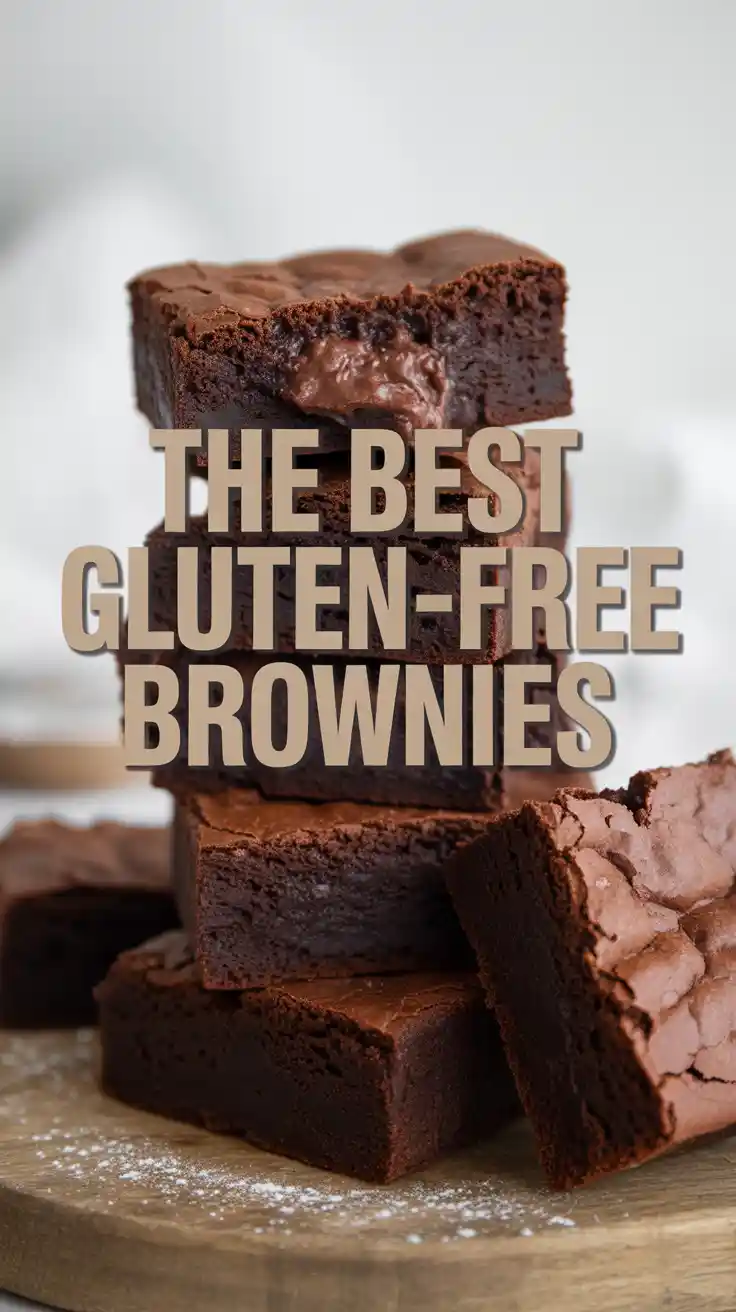The Best German Chocolate Cake Frosting (Coconut-Pecan Heaven!)
Let’s get one thing straight right out of the gate: German Chocolate Cake is not German. It’s not from Germany, it doesn’t speak a lick of German, and it probably couldn’t point to Berlin on a map. It’s actually named after an American baker by the name of Samuel German, who developed a sweet baking chocolate for the Baker’s Chocolate Company back in the 1850s. The cake recipe that used his chocolate became a national sensation, and the name stuck.
But the real story, the true hero of this tale, isn’t the cake itself. It’s the frosting. A glorious, gooey, coconuty, nutty, caramel-like concoction that is unlike any other frosting in the known universe. Today, we’re not just making a topping; we’re crafting the heart and soul of a legendary dessert. We’re diving into the ridiculously delicious world of authentic german chocolate cake frosting.
Why This Frosting Is the Real Star of the Show
So, why dedicate an entire article to just the frosting? Because this isn’t just frosting. It’s a whole mood. It’s a textural masterpiece.
First, it’s a party in your mouth. You’ve got the rich, creamy, custard-like base, the sweet, chewy texture of shredded coconut, and the toasty, satisfying crunch of pecans. It’s a symphony of gooey, chewy, and crunchy all happening at once. It’s the kind of topping that makes you close your eyes and just savor the moment.
Second, it’s unforgettably delicious. The flavor is a beautiful balance of sweet caramel, buttery richness, and nutty goodness. It’s the perfect complement to a mild chocolate cake, but let’s be honest, most of us could just eat this stuff with a spoon. It’s that good.
Finally, it looks complicated but is secretly simple. It might sound intimidating—a cooked custard frosting? With egg yolks?—but it’s a surprisingly fast, one-pot, stovetop recipe that comes together in about 15 minutes. You’ll feel like a professional pastry chef with minimal effort.
The A-List Ingredients
This frosting relies on a specific cast of characters to create its unique magic. No substitutions on the big ones!
- Evaporated Milk: 1 can (12 ounces). This is non-negotiable. Evaporated milk has a concentrated, slightly caramelized flavor and a lower water content than regular milk, which is essential for creating the thick, rich custard base.
- Granulated Sugar: 1 cup.
- Large Egg Yolks: 3 of them. These are our thickeners and what makes this a true custard. Save the whites for an omelet tomorrow!
- Unsalted Butter: ½ cup (1 stick), cut into pieces.
- Vanilla Extract: 1 teaspoon.
- Sweetened Shredded Coconut: 1 ⅓ cups.
- Chopped Pecans: 1 cup. For the best possible flavor, I highly recommend toasting them first.
A Quick Note on Toasting Pecans: Don’t skip this! Toasting your pecans for 5-7 minutes in a 350°F oven brings out their natural oils and deepens their nutty flavor. It makes a HUGE difference. Just let them cool before you add them to the frosting.
The Tools for Your Custard Creation
You don’t need a lot of fancy gear for this stovetop star.
- A Medium, Heavy-Bottomed Saucepan: A heavy base is key to distributing heat evenly and preventing your delicate custard from scorching.
- A Whisk: Essential for keeping the egg yolks smooth and happy while they cook.
- A Wooden Spoon or Heatproof Spatula: For stirring in the coconut and pecans at the end.
- Measuring Cups and Spoons: Precision is your friend when making a custard.
- A Small Bowl: For separating your eggs.
Step-by-Step: From Saucepan to Spectacular
This process is fast, but it requires your undivided attention for a few key minutes. Don’t wander off and start scrolling through your phone.
Step 1: Combine the Custard Base In your cold medium saucepan (off the heat!), whisk together the evaporated milk, granulated sugar, and the 3 egg yolks until they are well combined and smooth. Starting in a cold pan helps prevent the eggs from scrambling.
Step 2: The Gentle Cook (Pay Attention!) Place the saucepan over medium heat. Now, begin stirring. And don’t stop. You need to be stirring or whisking constantly as the mixture heats up. This is the most crucial part of the recipe. You’re going to cook the mixture, stirring all the while, for about 10-12 minutes. It will gradually thicken. You’ll know it’s ready when the custard is thick enough to coat the back of a spoon.
Step 3: Add the Richness As soon as the custard is thick, remove the saucepan from the heat. Immediately stir in your butter pieces and the vanilla extract. Keep stirring until the butter is completely melted and the mixture is glossy and smooth.
Step 4: The Delicious Mix-Ins Now for the main event. Stir in the sweetened shredded coconut and your (hopefully toasted) chopped pecans. Mix until everything is evenly distributed.
Step 5: The Cool Down And now, you wait. The frosting needs to cool completely to room temperature before you use it. It will thicken significantly as it cools, transforming from a pourable sauce into a thick, gooey, spreadable frosting. This can take an hour or two on the counter.
Calories & Nutritional Info (It’s a Treat!)
This frosting is the definition of a decadent, old-fashioned treat.
- Estimated Calories: Around 180-220 kcal per serving (assuming the recipe makes enough for 16 servings).
- Rich and Wonderful: It’s high in sugar and fat from the butter, egg yolks, coconut, and pecans. This is what makes it so satisfying and delicious.
- Nutty Goodness: The pecans provide a nice dose of healthy fats, protein, and minerals! See? It’s practically a health food. 😉
Common Frosting Fails to Avoid
This recipe is simple, but a few seconds of inattention can lead to disaster. Don’t let it happen to you.
- The Scrambled Egg Catastrophe. This is the number one fear and the easiest mistake to make. It happens if your heat is too high or you stop stirring. You must stir constantly and keep the heat at a gentle medium. You are making a delicate custard, not a sweet breakfast scramble.
- A Runny, Watery Frosting. If your frosting is thin and never thickens up, you simply didn’t cook it long enough. You have to be patient and wait for the egg yolks to work their magic. The mixture must be noticeably thick and able to coat the back of a spoon before you take it off the heat.
- Forgetting to Toast the Pecans. I know, it’s an extra step. But it’s so worth it. Using raw pecans will give you a frosting that is just “good.” Using toasted pecans will give you a frosting that is complex, deeply nutty, and absolutely incredible. Don’t settle for “good.”
- Frosting a Warm Cake. This frosting is already soft and gooey by nature. If you try to spread it on a warm cake, it will melt into a sugary puddle of sadness and slide right off the sides. Your cake layers must be completely cool before you even think about frosting them.
Variations & Customizations
While the classic is perfect, you can absolutely use this glorious concoction in other ways.
- The Ultimate Brownie Topping: Forget regular chocolate frosting. Bake a batch of your favorite fudgy brownies in a 9×13 inch pan. Let them cool, then spread this German chocolate frosting over the top. It’s next-level decadent.
- Bourbon-Spiked Frosting: For a more adult version, add a tablespoon of good bourbon or dark rum to the frosting along with the vanilla extract. The warm, oaky notes of the bourbon are a perfect match for the caramel, coconut, and pecan flavors.
- Walnut or Almond Swap: Not a pecan fan? No problem. This frosting is equally delicious when made with toasted, chopped walnuts or slivered almonds.
Your Burning Frosting Questions, Answered
Let’s clear up some of the most common questions about this unique frosting.
Why is it called German chocolate cake frosting if it’s not from Germany?
It’s named after Samuel German, an American chocolatier who worked for Baker’s Chocolate Company. The original 1950s recipe that became a national sensation was called “German’s Chocolate Cake” to specify the use of his sweet baking chocolate. Over time, the possessive ‘s’ was dropped, leading to the confusing name we have today.
Help! My frosting seems too runny, even after cooling. How can I fix it?
This means it wasn’t cooked long enough. The best (though annoying) fix is to put it back in the saucepan and cook it over medium-low heat, stirring constantly, for a few more minutes until it thickens properly. In a real emergency, you can try whisking in a tablespoon of cornstarch, but this can slightly alter the texture.
Can I make this frosting ahead of time?
Yes! You can make it up to 3-4 days in advance. Let it cool completely, then store it in an airtight container in the refrigerator. Let it come to room temperature for about an hour before using it to make it more spreadable.
Can I use regular milk instead of evaporated milk?
It’s strongly discouraged. Evaporated milk has about 60% of the water removed, making it thicker, creamier, and more concentrated. Using regular milk will result in a much thinner frosting that will likely not set up properly.
Do I absolutely have to use egg yolks?
For this classic, cooked custard-style frosting, yes. The egg yolks are the primary thickening agent and provide the rich, custardy texture. There are “shortcut” versions online without them, but they won’t have the same authentic taste and texture.
How much frosting does this recipe make?
This recipe makes a generous amount, enough to fill and frost the top of a traditional three-layer, 8-inch or 9-inch German chocolate cake. This frosting is typically not used on the sides of the cake.
Can I use unsweetened coconut?
You can, but you may need to add an extra tablespoon or two of sugar to the recipe to compensate. Sweetened coconut also has a moister, chewier texture that works perfectly here.
Final Thoughts
You’ve done it. You have successfully created the heart and soul of America’s most wonderfully misnamed cake. You’ve mastered the art of the stovetop custard frosting. You are now the keeper of a delicious, gooey, crunchy secret that will make any chocolate cake a thousand times better.
So go on, find a cake (or just a spoon) and slather on this glorious concoction. Take a bite, and appreciate the beautiful, delicious result of a happy accident of naming history.
